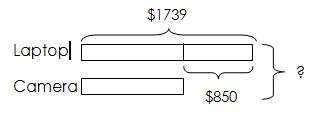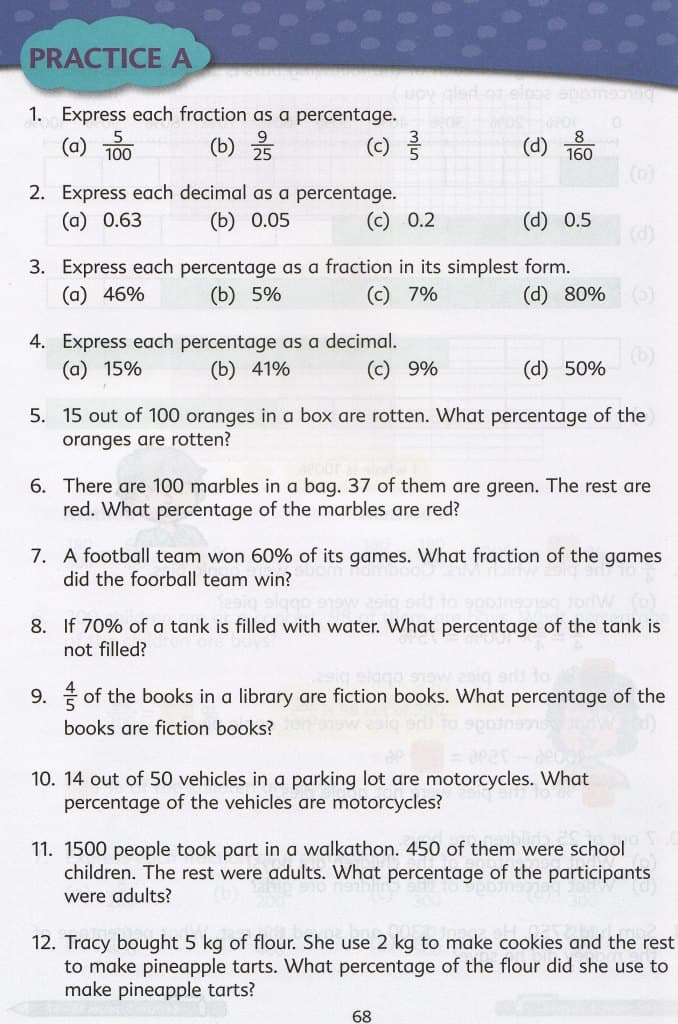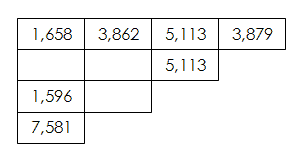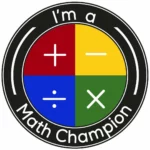From a discussion on the Well-Trained Mind Forums is a question about some the supplemental material available for the Primary Mathematics curriculum:
On the (SingaporeMath.com) site there are some supplemental books I don’t recognize, but I can’t tell what they’re for–if they’re new-new or replacing-CWP-new
Math Works?
i-Excel?
Math Express?
Brain Maths?
I wrote here about the MathExpress: Speed Maths Strategies.
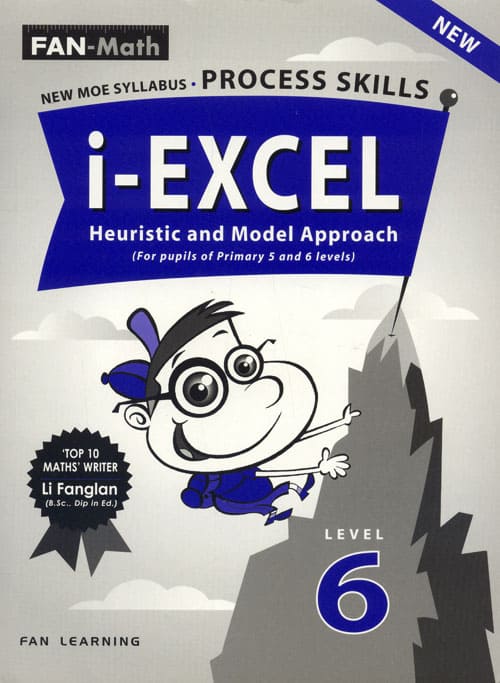
i-Excel Heuristic and Model Approach (Update 2/2013 – Series going out of print and will be replaced with: Process Skills in Problem Solving)
Author: Li Fanglan
Published by Fan-Learning
Levels 1-6 available in the U.S. from Singaporemath.com
The i-Excel: Heuristic and Model Approach is a completely different type of workbook than the MathExpress series. i-Excel books focus on problem solving. Can you deduce the meaning of “heuristics” based on the following description from the introduction?
At primary levels, Model Approach has been proven to be the most versatile and effective method to help pupils solve many difficult problems.Heuristic Approach, on the other hand, helps them handle the higher level problem solving by unconventional means.
Heuristic Approach
The first part of each book includes eight different Heuristic Approaches and then focuses on different Model Approaches based on topics taught at each level. Heuristic Approaches in Level 2 include the following:
- Guess and Check
- Act it Out
- Draw a Diagram I
- Make a List
- Look for a Pattern I
- Draw a Diagram II
- Draw a Diagram III
- Look for a Pattern II
Upper level Heuristic Approaches include: Simplify the Problem, Work Backwards, Make a Supposition, Solve Part of the Problem, Use Before-After Concept and Restate the Problem in Another Way. Each Heuristic Approach has a worked example, four or five practice problems and one more challenging problem to solve. (Some levels put these challenging problems into a separate unit.)
Here’s the challenge problem from Level 2 – Draw a Diagram II:
A pizza was cut into halves.
Jolene took one half and ate 2/3 of it.
a) What fraction of the pizza did she eat?
b) What fraction of the pizza was left?
Completed guided examples are included in the Answer Key at the end of this section. Make a note, however, not all questions have worked solutions.
Model Approach
The second portion of the books works with the Model Approach as it applies to mathematical topics.
- Levels 1-3 focus on applying the Model Approach with the four operations. They also have yellow, pink and blue rectangular stickers in the back of the book for students to use with the model drawing problems. These are important for students who are learning or struggling with drawing proportional bar models.
- Level 4 has two parts consisting of 28 units on the Model Approach: Whole Numbers and Fractions. There is also a Part IV: Non-Routine Problems – Challenge Yourself 4.
- Level 5 has sections on Whole Numbers, Fractions, Ratio, Decimals, and Percentage. Part VII includes 3 assessments.
- Level 6 parts include ratio and Proportion, Percentage and Speed. The final section is entitled “Examination Practice”. Some of these problems are double starred for extra challenge.
Here’s an example of a ** problem from that unit:
Grace had a total of 120 red and blue pens in the ratio of 3:5. After she gave away an equal number of each type of pens, the number of red and blue pens left was in the ratio 3:8. How many pens did she give away altogether?
Good news if you’re scratching your head right now. All problems in Level 6 have detailed solutions worked in the answer key.
In the classroom
Most who have used Primary Mathematics would agree; the focus is on the bar model as the main problem solving strategy. The i-Excel series brings explicit instruction in additional problem solving strategies into the classroom. This is one of my favorite supplemental books to use with students. The challenge and variation makes it a favorite of students as well. I have incorporated the heuristics into a self-directed activity and have used the challenge problems for a “Problem of the Week”.
The Level 3 book includes a unit entitled “Act it Out” that became a great independent activity/group center. The example given is to use 10 coins to form the figure below. Moving only one coin at a time, what is the least number of moves to turn the shape upside down?
After working this example as a whole group activity, I could now have chips (coins) and new problems available in the classroom: as part of centers, as a substitute lesson plan, or for students to use as a quiet desk activity.
Have you used the i-Excel or Brain Maths series? Share your experiences in the comments below. I’d love to know how the books have worked in a classroom or in your home.

